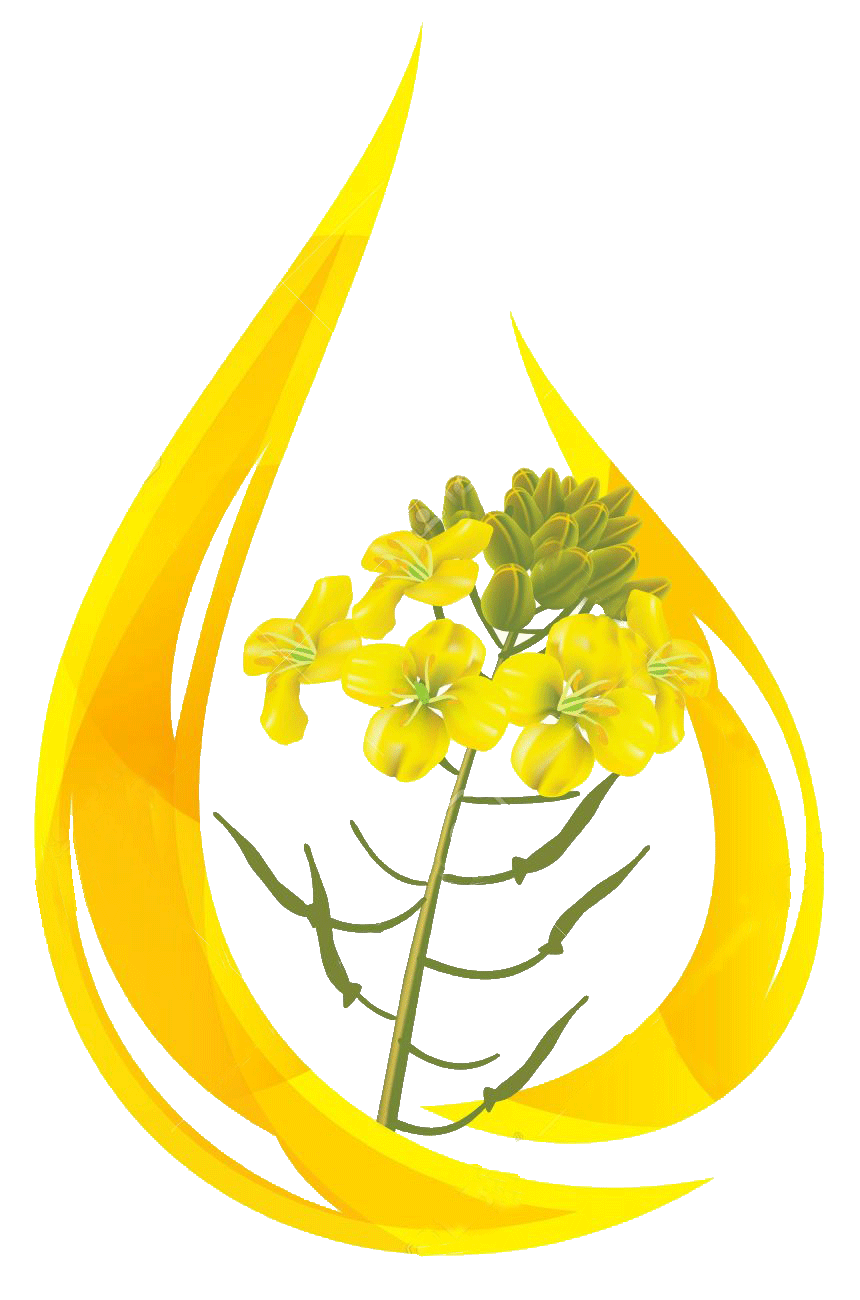Mustard History
Mustard is mentioned in the New Testament of the Bible five times, and referred to one time,as the greatest herb. The mustard plant has been used since ancient times and is valued for its oil content. Mustard plants are any of several plant species in the genera Brassica and Sinapis. It can be found growing wild in many parts of the world as it is widely cultivated. It is grown in just about every area of North America except the far northern parts, and can grow up to eight feet in height.
Mustard oil, commonly known as sarson ka tel, is a vegetable oil extracted from seeds of the mustard plant. Intricately interwoven in the Indian culture, this oil dates back to Roman times, not only as a cooking option but a medicinal one as well. Looking back, mustard was the only cooking oil used in many Indian kitchens.
There are many varieties of mustard; they all have very pungent flavors. Some medicinal mustard compounds date back to at least 400 B.C. The name is derived from the Latin, mustum. Other names for mustard are white mustard, yellow mustard, pepper grass, and hedge mustard.

Use Of Kachhi Ghani Mustard Oil
Kachi Ghani Mustard Oil is the only edible oil having multiple application such as:
- Cooking Oil
- Frying Oil
- Pickling Oil
- Hair Oil
- Body Massage Oil
Other Use Of Kachhi Ghani Mustard Oil
Mustard Plasters
Mustard plasters and poultices are tried and true remedies to relieve arthritic joints, sciatica, neck pain, backache, neuralgia, and muscle pain. The mustard plasters work by dilating the blood vessels to promote the increase of blood flow to the surface of the skin. This warms the affected area and removes any toxins from that area. Poultices and plasters are also used to relieve respiratory infections and helps treat chest congestion, pneumonia, bronchitis, and croup.
How to use
A mustard plaster is made by using 4 tablespoons of flour, 2 tablespoons dry mustard, and lukewarm water. A paste is made that is easily spread but not too watery.
The most effective way to apply any poultice is to use 100 percent flannel and spread the mixture over on half of the flannel and fold the other half to make a package. Apply the poultice to the chest, cover with a heavy blanket to encourage sweating. Do not apply the mustard plaster directly to the skin as it will burn.
The mustard plaster should be left on for up to 20 minutes. If the skin turns red remove the plaster immediately.
Once it has been removed from the chest, wipe the area thoroughly. Then use the same method to apply to the back. A warm shower will be good after the poultice is removed.
Though modern medicine has mostly replaced the use of mustard plasters, those who use them know that it is a great way to draw respiratory toxins from the body in a natural way. The plasters also work on sore muscles, gout, sore backs, and poor circulation.


